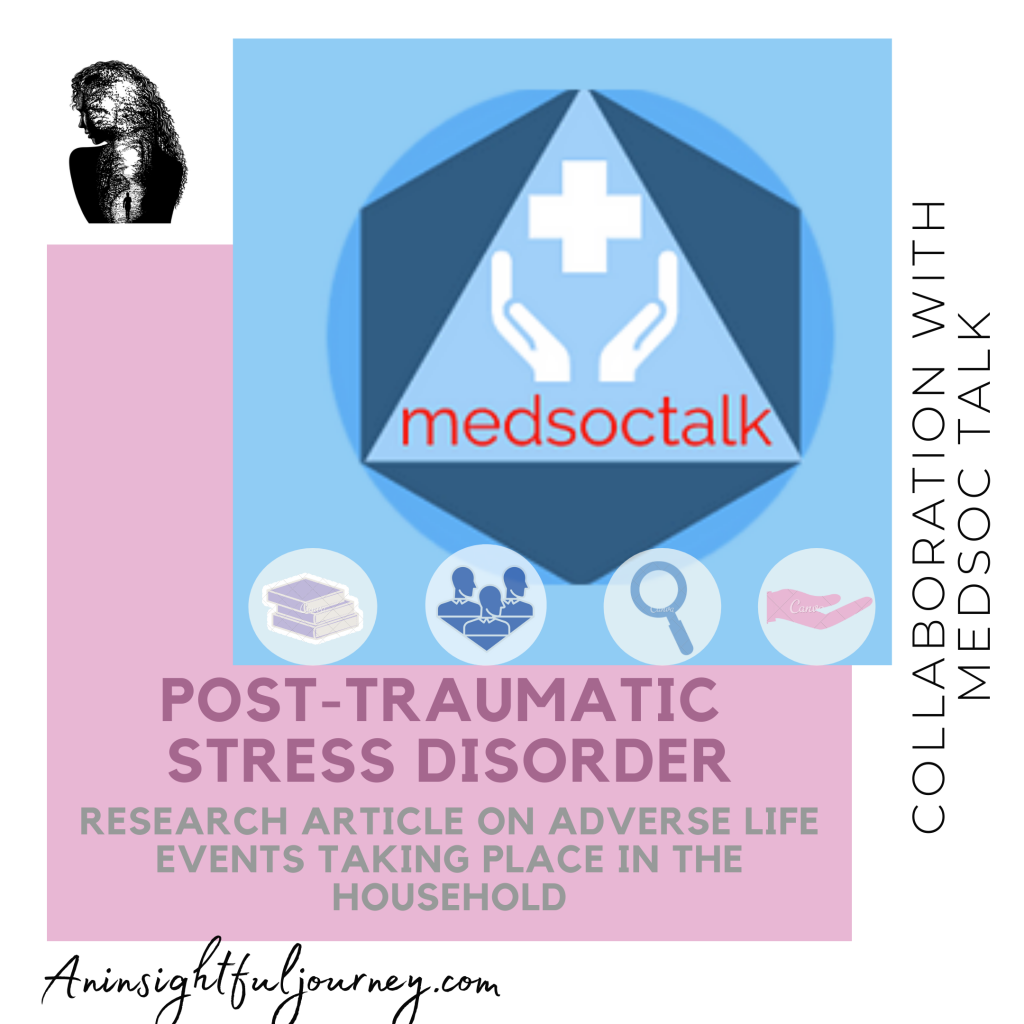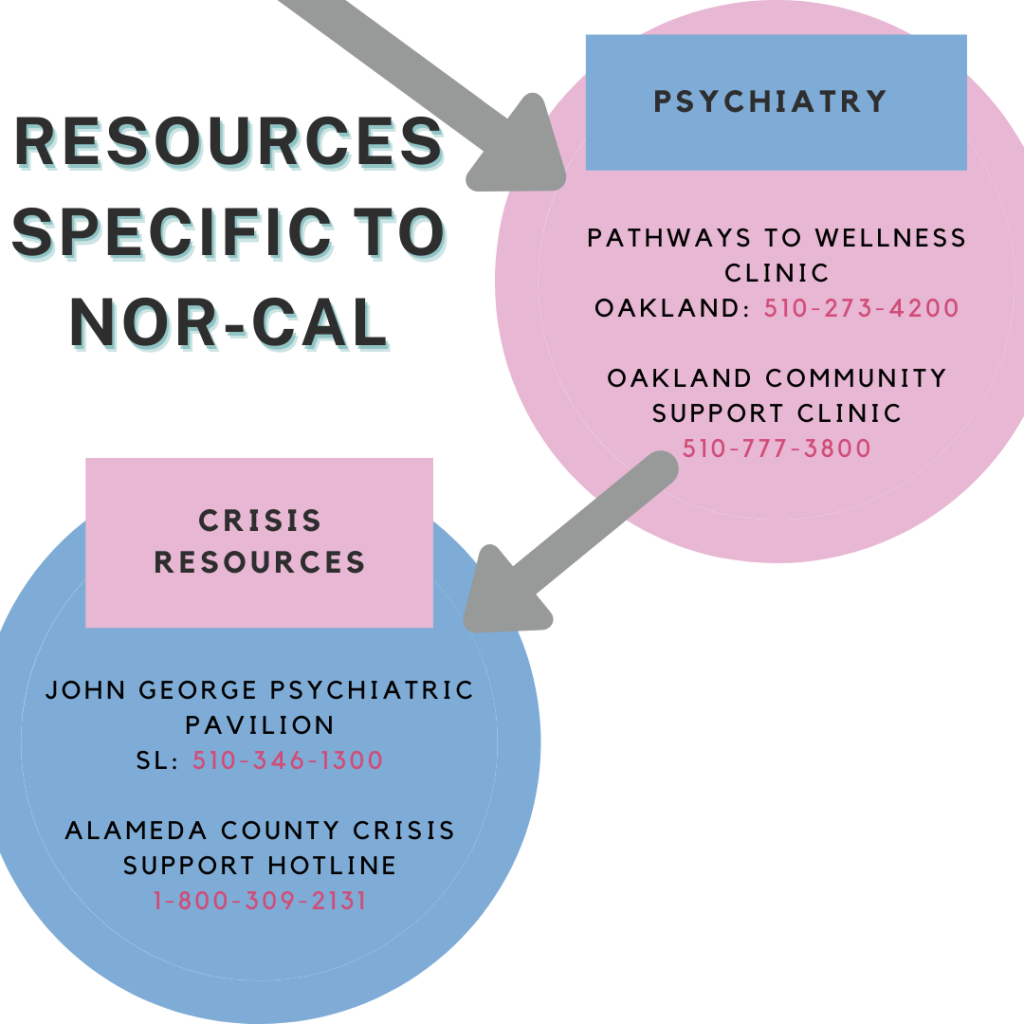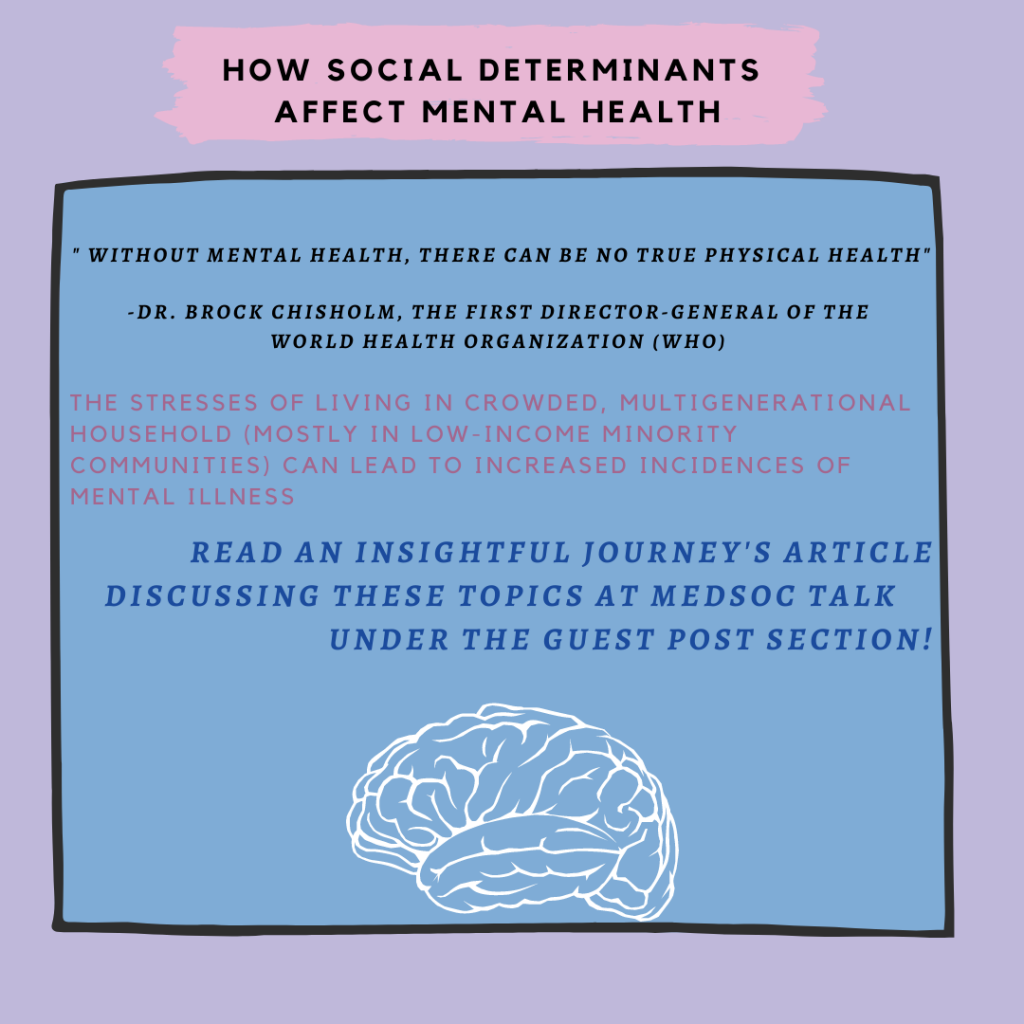
Adverse Life Events Taking Place In The Household
Author: Dejamarie Crozier, Founder of An Insightful Journey
“Without mental health, there can be no true physical health.”
-Dr. Brock Chisholm, the first Director-General of the World Health Organization (WHO) (1).
We’ve felt the uncertainty in these trying times. We’ve experienced challenges along the way. It has been long enough that we’ve even seen many of the debilitating outcomes. We see a level of awareness that many did not have before the insurmountable impacts of the COVID-19 pandemic. This level of awareness includes the lack of social and economic investment in our most vulnerable communities. For that reason, this year’s World Mental Health Day Campaign is increasing investment in mental health. This shift in focus for the campaign will allow us to begin brainstorming concrete ideas toward increasing investment and taking action in the mental health industry.
I want to bring awareness to some social disparities in underserved communities. These underserved communities tend to be composed of people of color who cannot access their most basic needs. Many disparities need to be discussed, such as race, ethnicity, gender, sexual orientation, gender identity, socioeconomics, national origin, and disability that lead to increased mental illness. I will discuss two out of four categories in America’s Health Rankings newest model to analyze these categorical areas; social disparities. The two categories are behaviors and physical environment.
Before I dive into each category and highlight disparities within them, let us take a moment to understand the model. America’s Health Rankings model serves as a framework to foster their belief that “health is a state of complete physical mental and social well-being and not merely the absence of disease or infirmity” (World Health Organization Charter) (2). The model has four categories: Behaviors, Clinical Care, Physical Environment, and Social and Economic Factors. These are commonly referred to as the Social Determinants of Health. The model’s overall idea is that these are the four primary components that lead to health outcomes. Let us define the two categories I will be discussing in this article:
Behaviors— represent actions that influence health and have individual, community, system, and policy components.
The physical environment— represents where individuals live, work, and play and their interaction with this space.
When I think about behaviors that influence health outcomes in vulnerable communities, I think about the survival mechanisms established to ensure sustainability. Three specifically being multigenerational housing, type of housing, and lifestyle.
Multigenerational households defined as family households consisting of three or more generations have been prevalent for practical reasons such as saving money, more accessible home financing, minding children or the elderly, stronger family bonds, sharing in home equity, longevity, household responsibilities, tax benefits, and improved security (3). It is important to understand that these are not always the motivating factors or even advantages for a multigenerational housing arrangement. Now more than ever before, many geographic areas in California are experiencing a rise in multigenerational households due to living costs.
In the United States as a whole, “20% of the U.S. Population lives under a roof with multiple generations” (4). According to Pew Research, “growing racial and ethnic diversity in the U.S. population helps explain some of the rises in multigenerational living” (5). The same study offers the percentage of communities of color that are in multigenerational households— Asian (29%), Hispanic (27%), Black (26%). Compared to the White population (16%), the percentage of folks for people of color is significant (6). This is relevant to health because many of the practical reasons listed above are not typically a choice for communities of color based on generational hardship. Lack of choice combined with the disadvantages, which are less privacy, more noise, more housework, family tensions, upgrades and remodeling, and retrofitting for seniors, can be problematic (7). The concern with this reality is that many of these disadvantages can lead to increased mental illness due to emotional, physical and mental impacts of this type of living arrangement. Some of the common experiences in these households are persistent stress, isolation, hopelessness, animosity, and unaccustomed adjustments for individuals within different age groups.
While discussing multigenerational households, it is essential to be aware of the type of housing our communities of color tend to live. Research shows that these residential arrangements typically are multi-unit accommodations that are rentals, such as apartments, town homes, and duplexes. In fact, “renters are more ethnically and racially diverse than homeowners, and minority households are an increasingly large part of the rental market” (8). Here are some statistics to offer perspective: “In 2000, 39 percent of renters were minorities. From 2001 to 2010, minorities contributed 81 percent of the 3.9 million growth in the number of renter households.Hispanics accounted for 39 percent and Blacks for 27 percent of the increase. As a result, the minority share of renters rose to about 45 percent in 2010—more than twice the minority share of owners” (9). The impacts of multigenerational households are that they tend to not be a living arrangement by pure choice. These households are a means of livelihood and sustain ability, which results in more disadvantages and an increase in mental health challenges and illness.
I hope that discussing housing behaviors begins to provide us with an awareness that we may not have had before. Being aware of the leading causes to people of color having to make decisions like this not by individual choice is where we need to begin investing. We need to begin exploring the community, system, and policy components that lead to these arrangements. The lifestyle that is willed upon these communities can be unhealthy and lead to further health issues.
When I think about physical environments that influence health outcomes in vulnerable communities, I think about the spaces in which our vulnerable populations have no other option but to obtain residence. The physical environments where we typically see multi-unit housing are impoverished communities that do not have the necessary measures to foster safety. Our people are working, living, and playing in these spaces, and we must acknowledge the impacts these spaces can have on our mental health as well. These disparities can lead to mental illness and can increase the chances of anxiety, depression, and post-traumatic stress syndrome (PTSD).
Suppose we refer back to the famous quote by Dr. Chisholm, “Without mental health, there can be no true physical health”; This is true here without these disparities that can significantly impact mental health being a part of the discussion and development. There can be no true physical health. When we are brainstorming concrete ways to take action, some of the finer details need to be divulged and critically considered in decision-making and implementation. A vast number of marginalized people are in vulnerable situations due to poverty, inhumane settings, limited safeguards, misinformed policy, ineffective services, to name a few. The importance of changing our priorities and beginning to invest in mental health is always a need.
Now more than ever before, we are beginning to see substantial demand for an increase in mental health and psychosocial support, especially with the pandemic’s impacts.






